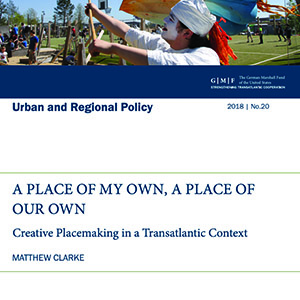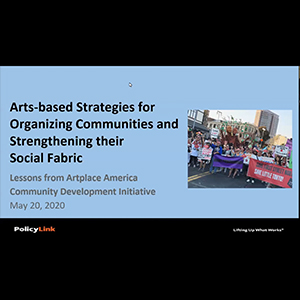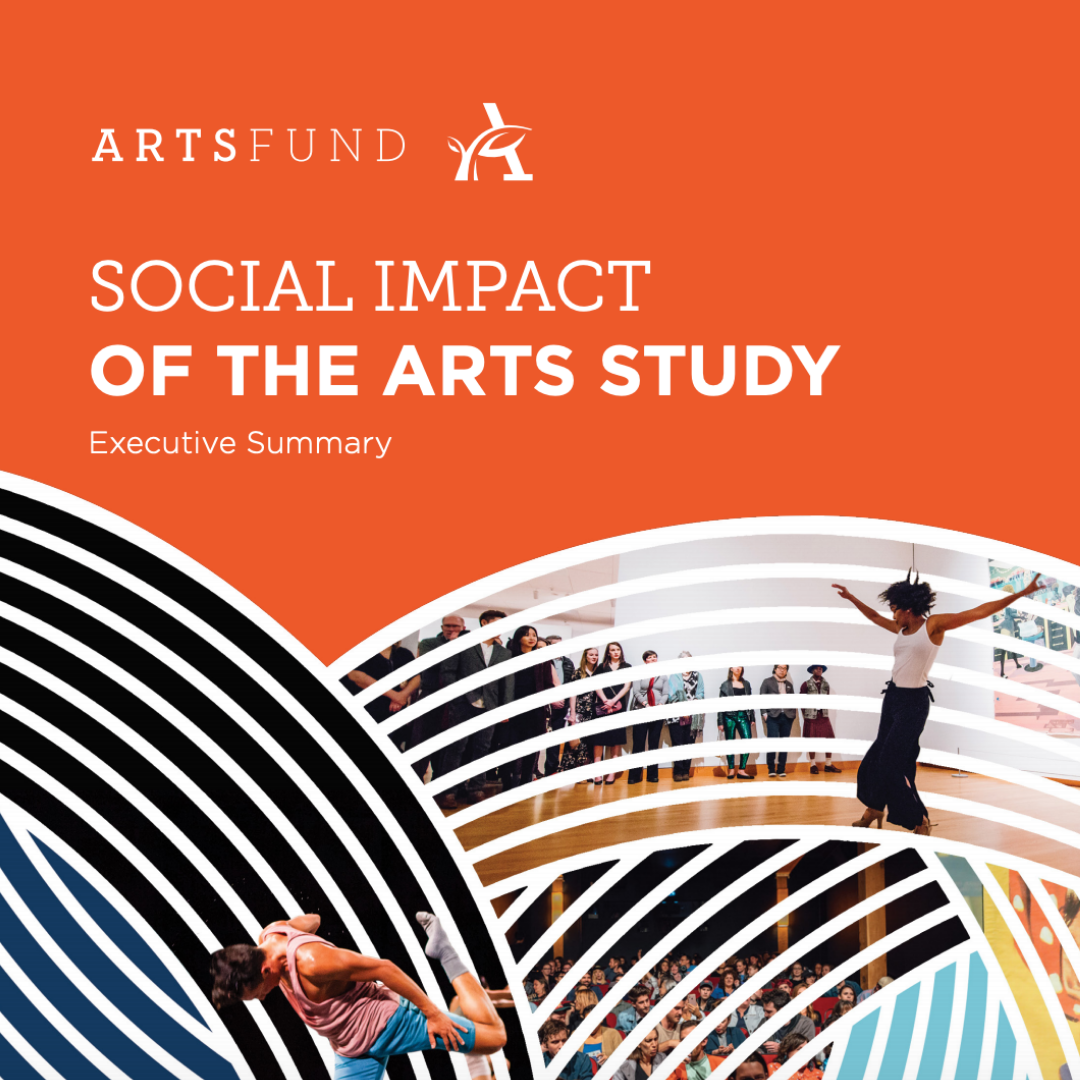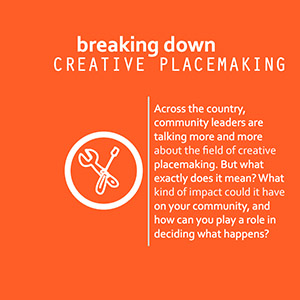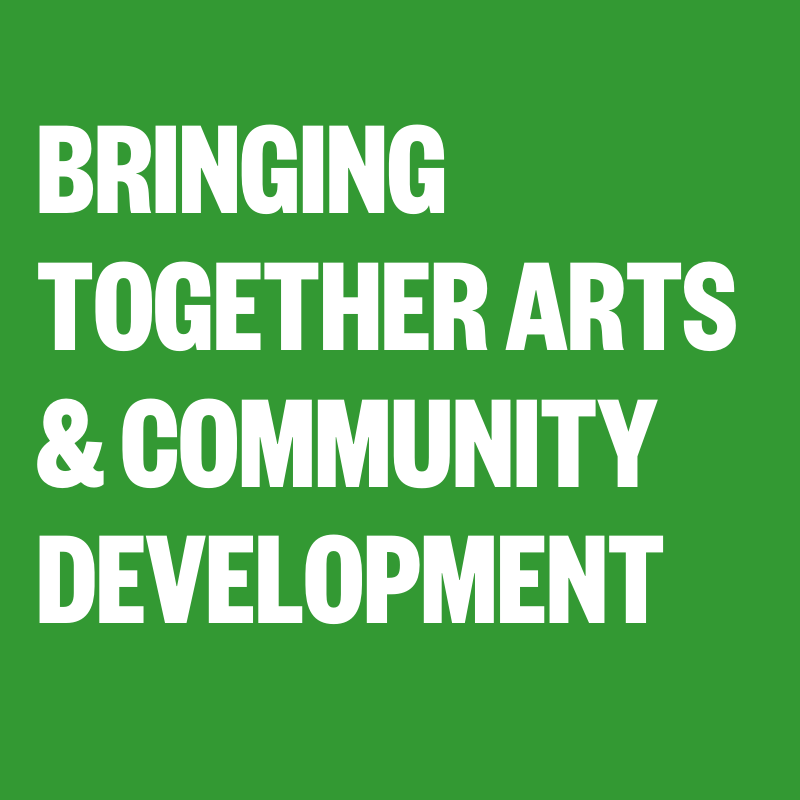A PLACE OF MY OWN, A PLACE OF OUR OWN
This policy paper looks at creative placemaking, which is generally described as arts-based community development, in a transatlantic context. While creative placemaking has more purposefully emerged in American circles of government, philanthropy, and community development, European institutions have a long-standing history of investing in the arts as a core driver of healthy societies. This paper frames critical issues facing our society today, ones that have a strong relationship with culture, and then unpacks how cultural policy has evolved in both the United States and Europe. To situate this conversation, the paper looks at a series of case studies in the neighborhoods of Moabit, Berlin and Molenbeek, Brussels, two examples with acute challenges and inspiring arts-based community development. Finally, the paper makes a series of high-level policy recommendations that could benefit from a shared, global conversation around the future of creative placemaking.
286
ARTS-BASED STRATEGIES FOR ORGANIZING COMMUNITIES AND STRENTHENING THEIR SOCIAL FABRIC
This webinar features leaders of community-based organizations and the artists with whom they have partnered to hear the stories and learn the lessons from their local strategies and internal transformation. The webinar is based in the four-year journeys and future plans of the Little Tokyo Service Center in downtown Los Angeles and the Southwest Minnesota Housing Partnership as well as the other organizations in ArtPlace America’s Community Development Investments (CDI) initiative. Their cultural strategies to address gentrification, the conditions faced by immigrants and other critical issues provide lessons for nonprofit housing developers, community development corporations, health services providers, park associations, and economic development agencies about how these new forms of organizing and community-building really work.
ARTSFUND SOCIAL IMPACT OF THE ARTS STUDY
The ArtsFund Social Impact of the Arts Study frames a new way of understanding the public value of the arts in King County. How are arts advancing community priorities and positive outcomes for participants and non-participants alike? With primary focus on youth development & education, health & wellness, and neighborhood vitality, the study probes the potential for arts to influence more equitable outcomes. The report combines a county-wide public poll; a landscape scan of King County arts, cultural, and heritage nonprofits; a substantive review of 150+ national research resources; and case studies of ten regional arts organizations.
ASU'S STUDIO FOR CREATIVITY, PLACE, AND EQUITABLE COMMUNITIES
ASU's definition of Creative Placemaking is the strategic integration of arts, culture and community engaged design into comprehensive community planning and development. As a higher education institution, ASU’s role in this work is to: Help build and fill the pipeline of artists and people from other fields who can integrate arts, culture and community engaged design into strategies to expand opportunity. Help build the field of creative placemaking and support current practices. Collaborate toward the sustained integration of arts, culture and community engaged design in comprehensive community development, particularly in the Phoenix region.
BREAKING DOWN CREATIVE PLACEMAKING
Across the country, community leaders are talking more and more about the field of creative placemaking. But what exactly does it mean? What kind of impact could it have on your community, and how can you play a role in deciding what happens? This report looks at two examples of creative placemaking, both supported by The Kresge Foundation: the North Collinwood Waterloo Arts District in Cleveland, Ohio, and the Westside neighborhood in Covington, Kentucky.
BRINGING TOGETHER ARTS AND COMMUNITY DEVELOPMENT
Who has been behind the large increase in financial support for and attention to what has been termed "creative placemaking" over the past couple years, and why? Miriam Axel-Lute takes a look at the key players behind creative placemaking.






